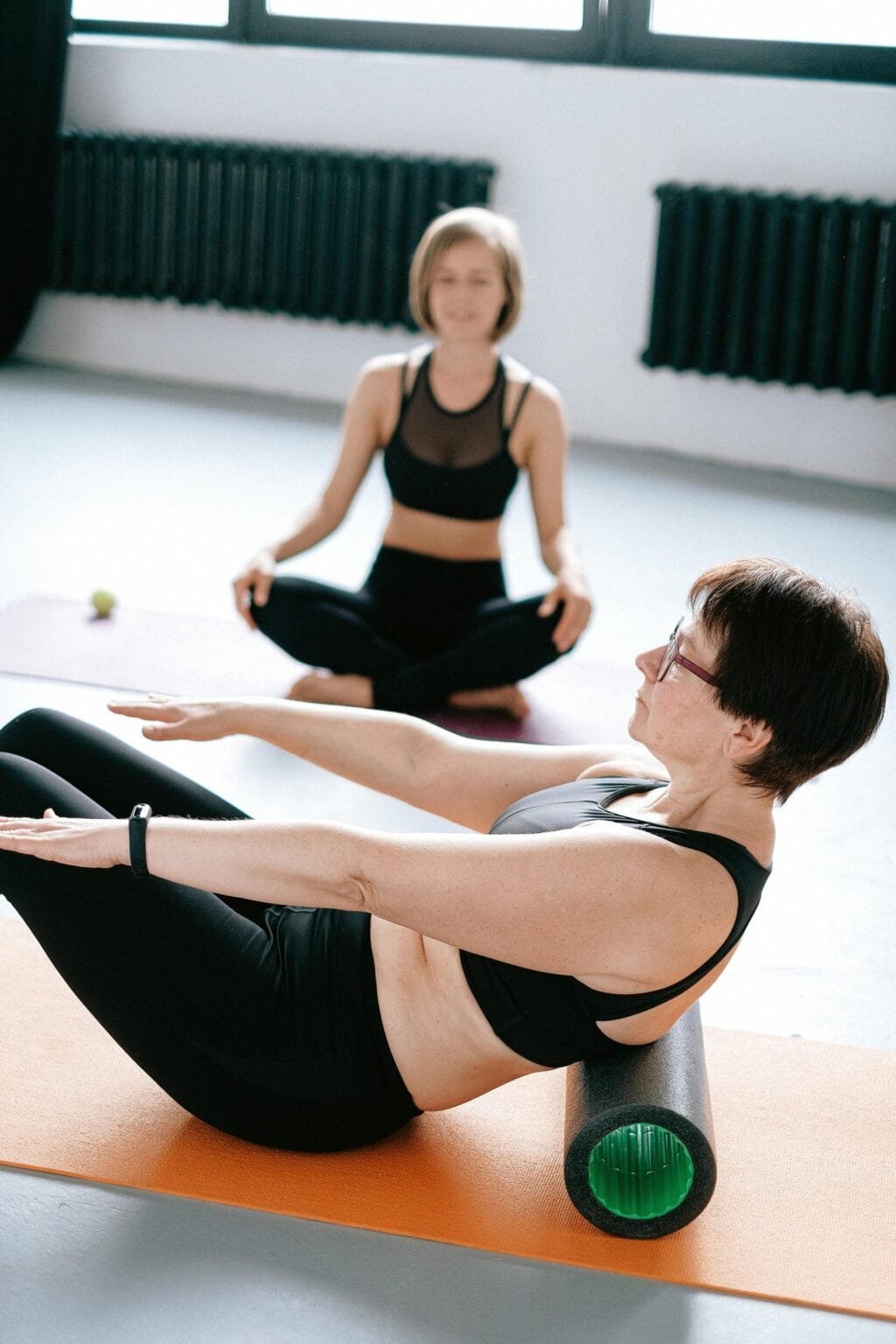Do you often feel tight after exercising? This discomfort arises because your muscles generate waste products during workouts, leading to inflammation. To alleviate this tightness and restore a sense of flexibility, stretching and foam rolling are essential!
But that’s not all! Before you overlook these crucial practices today, let’s explore what stretching and foam rolling entail and how to do them effectively.
The Importance of Stretching
Stretching involves lengthening your muscles to enhance flexibility, range of motion, and posture. It’s vital for everyone, whether you’re an athlete or not!
Benefits of Stretching
- Injury Prevention: Regular stretching helps lengthen your muscles and improve your range of motion, reducing the risk of strains and pulls during physical activities.
- Better Posture and Alignment: Tight muscles can misalign your body and lead to pain. Stretching helps alleviate this issue.
- Enhanced Flexibility: As we age, our muscles naturally tighten. Regular stretching helps maintain mobility and comfort in movement.
How to Stretch Effectively
To maximize the benefits of stretching and minimize injury, keep these tips in mind:
- Warm Up First: Engage in light physical activity or take a warm shower to prepare your muscles.
- Avoid Pain: Stretching should feel comfortable. If you experience pain, ease off immediately.
- Focus on Your Breathing: Deep breaths during stretching enhance oxygen flow and improve circulation.
- Hold Each Stretch: Aim for 20-30 seconds to allow your muscles to relax and lengthen.
Understanding Foam Rolling
Foam rolling involves applying pressure to your muscles to break up knots and trigger points while boosting blood flow. It serves as an excellent warm-up and offers several benefits:
- Pain Relief
- Injury Prevention
- Tension Release
- Improved Range of Motion
How to Foam Roll Properly
To avoid common mistakes and maximize your foam rolling routine, consider these guidelines:
- Start with a Soft Roller: Gradually transition to a firmer roller as you gain comfort and experience.
- Roll Slowly: Take your time to avoid pain; rapid movements can lead to discomfort. Steer clear of bony areas and joints.
- Listen to Your Body: Foam rolling should not be painful. If it hurts, adjust your technique or stop.
- Stay Hydrated: Drink water afterward to help flush out toxins and minimize inflammation.
Customized Coaching from Total Health and Fitness
Incorporating stretching and foam rolling into your routine is a fantastic way to enhance flexibility, range of motion, and overall wellness. However, these practices are just one piece of the puzzle in achieving your health and fitness goals. To truly see results, it’s essential to consider all aspects of your health journey.

